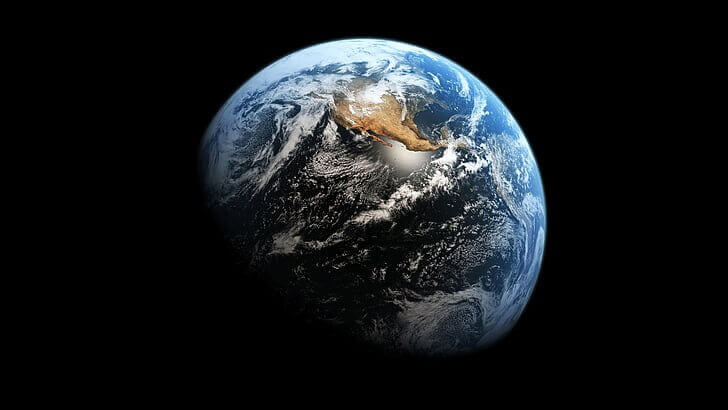
World Food Prices Jump Most In 18 Months
Global food prices bounce following collapse of Black Sea grain deal
By: Tyler Durden | Zero Hedge
Global food prices increased the most in 1.5 years as trade disruptions from the El Niño weather phenomenon battered agricultural-producing countries, and Russia’s exit from a crucial UN-backed agriculture deal stoked supply concerns.
The Food and Agriculture Organization of the United Nations (FAO) reported Friday that the global food index, which tracks monthly changes in the international prices of globally traded food commodities, averaged 123.9 in July, up 1.3% from the previous month.
The FAO Food Price Index

The FAO Food Price Index’s July print was the largest monthly gain since March 2022.

FAO explained the FAO Vegetable Oil Price subcomponent of the index was responsible for the monthly increase:
The increase was driven by a sharp jump in the FAO Vegetable Oil Price Index, which rose 12.1% from June after seven months of consecutive declines. International sunflower oil prices rebounded by more than 15% in the month, due mostly to renewed uncertainties surrounding the exportable supplies after the Russian Federation’s decision to end implementation of the Black Sea Grain Initiative. World prices for palm, soy and rapeseed oils increased on concerns over output prospects in leading producing countries.
Also, the FAO All Rice Price Index increased 2.8% on the month and 19.7% on the year due to “India’s 20 July prohibition of non-parboiled Indica exports fostered expectations of greater sales in other origins, amplifying upward pressure already exerted on prices by seasonally tighter supplies and Asian purchases,” the report said.
This upward pressure on rice prices “raises substantial food security concerns for a large swathe of the world population, especially those that are most poor and who dedicate a larger share of their incomes to purchase food,” FAO warned.
We noted in April and in early May, “El Nino Watch Initiated As Ag-Industry In Crosshairs” and “Global Rice Shortage Looms, Set To Be The Biggest In Decades” as a disruptive El Nino weather pattern wreaks havoc on the world’s ag crops.
Rising food prices risk fuelling social instability for the weakest emerging market economies.
* * *
NEXT UP!
How Bad Will The Food Shortage Get?
It’s becoming increasingly clear that severe food shortages are going to be inevitable, more or less worldwide, and whatever food is available will continue to go up in price.
The cost of agricultural inputs such as diesel and fertilizers is skyrocketing due to shortages — caused by a combination of intentional and coincidental events — and those costs will be reflected in consumer food prices come fall and next year.
Mysterious fires, alleged bird flu outbreaks and other inexplicable events are killing off livestock and destroying crucial infrastructure. Since the end of April 2021, at least 96 farms, food processing plants and food distribution centres across the U.S. have been damaged or destroyed.
* * *
READ MORE: A Major Food Crisis Coming In 2023? – “Prices Will Be On Steroids After The Election”
Read more on the Food Crisis 2023: The Global Food Crisis Just Got A Whole Lot Worse
Liked it? Take a second to support Collective Spark.
We’d love to hear from you! If you have a comment about this article or if you have a tip for a future Collective Spark Story please let us know below in the comment section.
